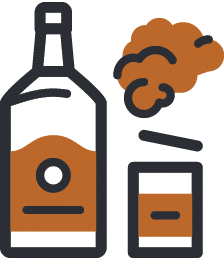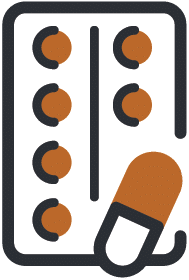If you are wondering “how long do drugs stay in your system” the answer will vary widely depending on: the type of drug, drug dosage, how often the drug is used, what type of test is being run and many other personal factors.
For example, a urine drug test, drugs can last in your system for up to 30 days for marijuana, but only up to 3 or 4 days for other substances like opiates or benzos. Meanwhile, if you are taking a hair drug test, all substances generally last up to 90 days.







